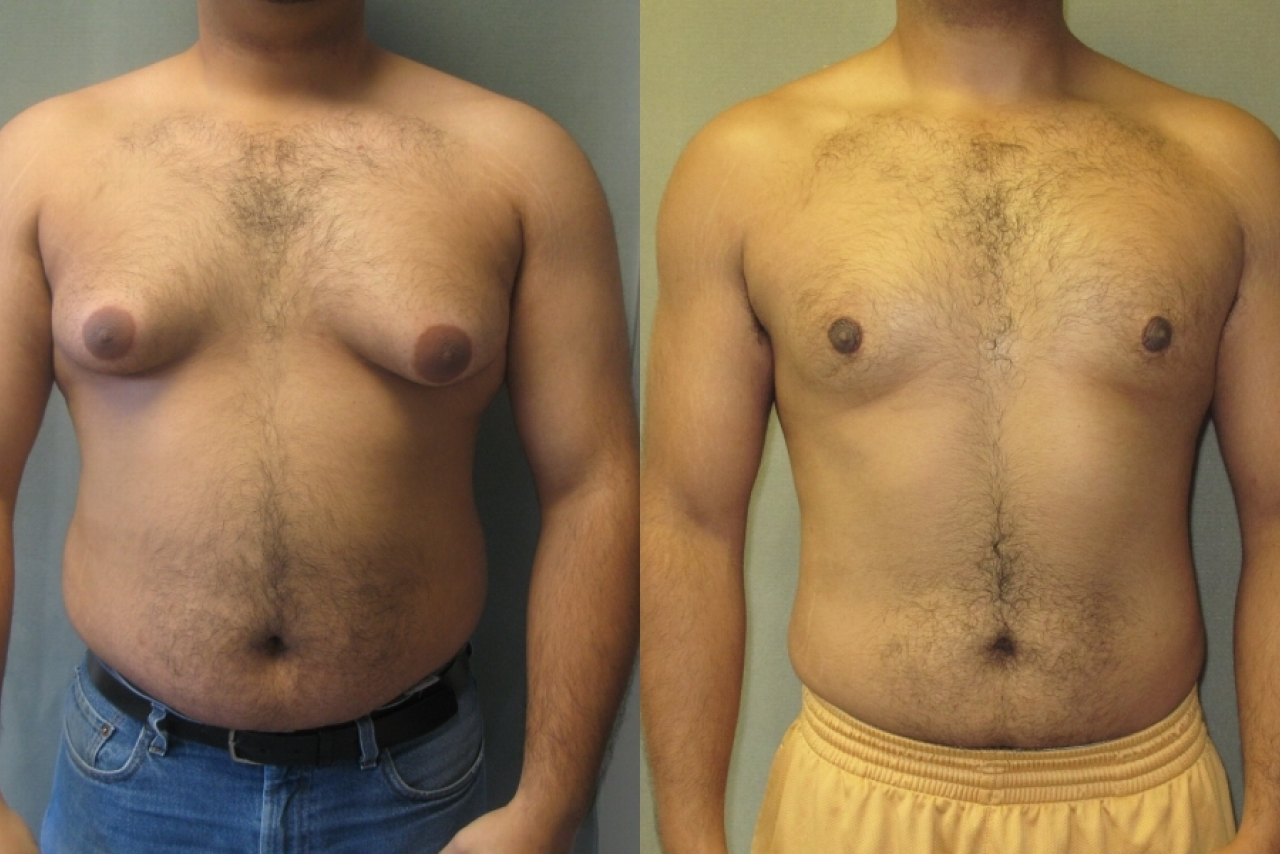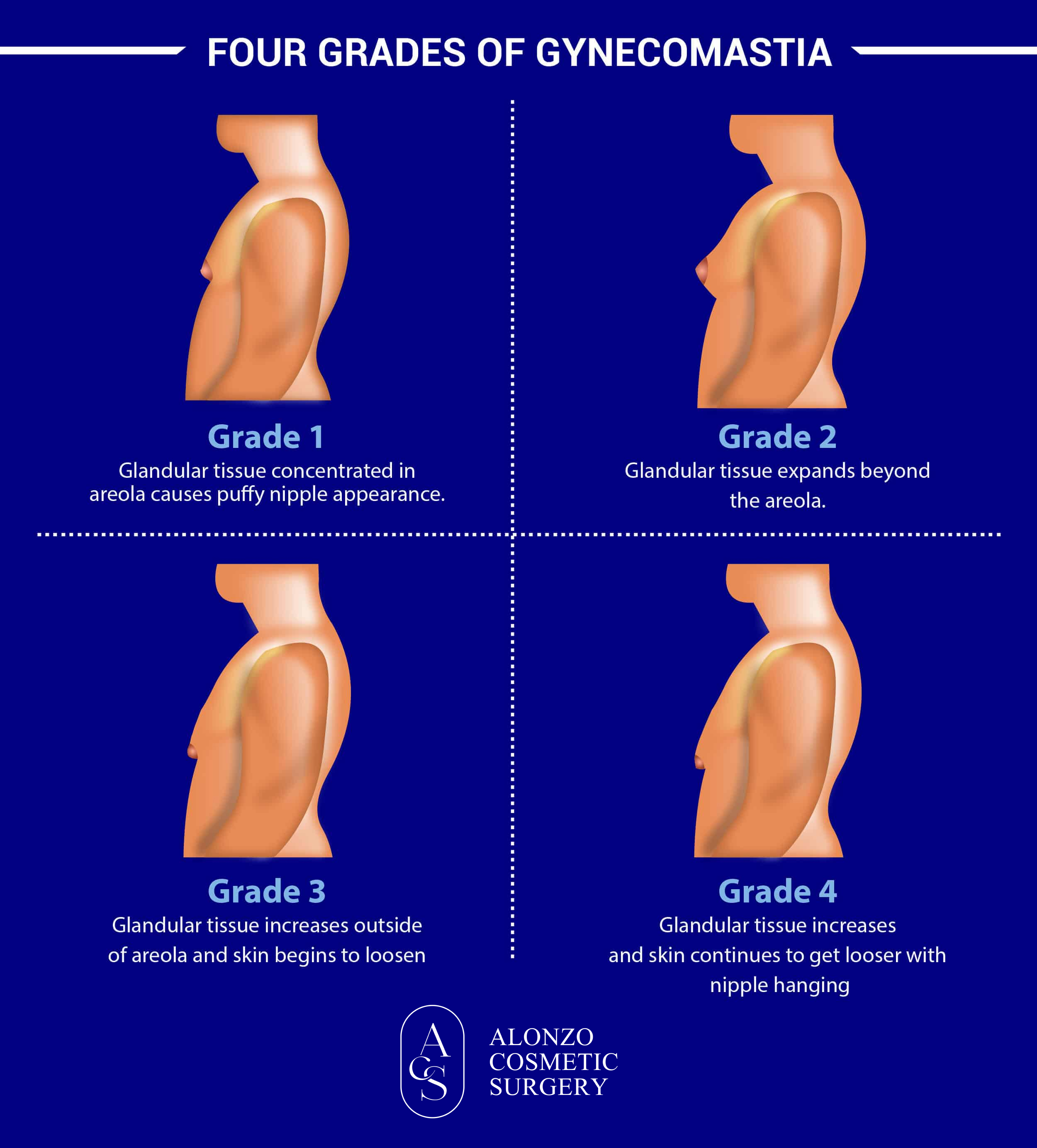
Gynecomastia, the medical term for the enlargement of breast tissue in men, is a condition that carries both physical and emotional weight. Recognizing its stages is crucial in navigating the journey towards effective treatment and recovery. This guide aims to demystify the stages of gynecomastia, providing clarity and hope to those affected.
What is Gynecomastia?
Gynecomastia results from an imbalance in hormone levels, leading to the growth of breast tissue in males. Various factors, including certain medications, lifestyle choices, and health conditions, can contribute to this imbalance, affecting individuals across different age groups.
Navigating the Stages

The journey through gynecomastia is marked by four distinct stages:
- Stage 1 is the earliest, with slight breast tissue enlargement that might not be visible under clothes but could be palpable. It’s a crucial time for diagnosis, as interventions might prevent progression.
- Stage 2 introduces moderate enlargement, possibly with some skin excess. Physical appearance changes become more noticeable, potentially affecting self-esteem and prompting consideration of treatment options.
- Stage 3 sees further enlargement with obvious skin excess, making surgical options more likely discussed. The emotional and psychological impacts are significant, warranting a compassionate approach to care.
- Stage 4, the most advanced, features significant enlargement and skin laxity, often necessitating surgical intervention for physical comfort and aesthetic reasons. Recovery and post-surgical support are vital components of treatment.
Understanding which stage you're in is pivotal in determining the most effective treatment approach.
The Road to Diagnosis
Diagnosing gynecomastia involves a comprehensive evaluation, including physical exams and possibly imaging tests, to rule out other conditions and accurately determine the stage of development.
Treatment Tailored to Your Stage
Treatment options vary significantly from one stage to the next:
- Early stages may respond well to lifestyle adjustments and medication.
- Advanced stages often necessitate surgical intervention, such as liposuction or mastectomy, to remove excess tissue and skin.
The Impact Beyond the Physical
The psychological impact of gynecomastia cannot be overstated. Comprehensive treatment approaches should address both physical and emotional well-being, ensuring a supportive path to recovery.
Empowering Your Journey
Understanding the stages of gynecomastia is the first step towards reclaiming your confidence. If you or someone you know is navigating this condition, reach out to our healthcare professionals – Dr. Benjamin Alonzo and Dr. Benz Alonzo, who can guide you through personalized assessment and treatment planning
Frequently Asked Questions About Gynecomastia
Q: Can gynecomastia resolve on its own?
A: In some cases, especially when occurring during puberty, gynecomastia can resolve on its own over time. However, if the condition persists or is related to other factors, medical evaluation and treatment may be necessary.
Q: Is exercise an effective treatment for gynecomastia?
A: While exercise can help in reducing overall body fat, it may not directly resolve gynecomastia, especially if glandular tissue is the cause. A combination of treatments, including surgery, might be recommended.
Q: What are the risks of gynecomastia surgery?
A: As with any surgical procedure, risks include infection, reactions to anesthesia, and unsatisfactory cosmetic results. Choosing a qualified and experienced surgeon minimizes these risks.
Q: How long is the recovery after gynecomastia surgery?
A: Recovery times can vary. Many patients return to work within a week and resume physical activities within a few weeks, following their surgeon's guidance.
Ready to reclaim your confidence and tackle gynecomastia with the support of experts? Reach out to us now. Whether through an inquiry or a direct call at 09455034594, we're here to offer our professional care and guidance. Serving patients across Metro Manila, Philippines, our team is committed to walking with you at every stage of your journey. Let's start this path together towards recovery and empowerment.